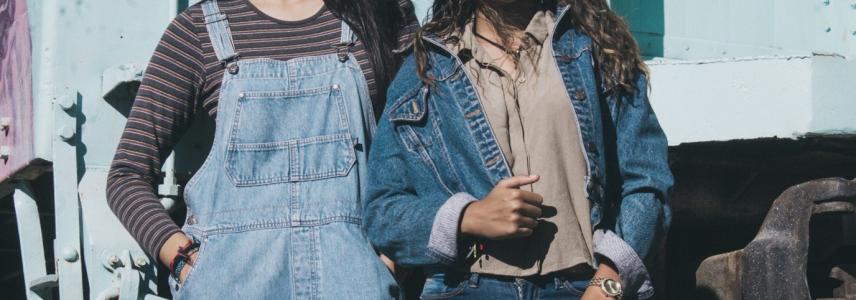How can Europe ReSet the Trend and recycle all apparel?

Every year, people in the European Union (EU) discard 5.8 million tonnes of textiles. That is 11.3 kg per person. The industry burns or landfills most of this waste or exports it as second-hand clothing. So, the EU has started a new campaign, ReSet the Trend, to battle the growing textile waste pile. The campaign highlights several new measures to reduce textile waste: from design requirements to criteria against greenwashing.
ReSet the Trend campaign
The EU textiles waste pile grows. And up from 2025, all EU countries must collect textile waste separately. So, the EU launched the ReSet the Trend campaign, addressing all actors in the apparel industry: designers, brands, retailers, end-consumers and apparel manufacturers in and outside Europe.
The campaign goal is that by 2030 all textile products on the EU market should be:
- Durable and recyclable;
- Made of recycled fibres as much as possible;
- Free of hazardous substances; and
- Produced with attention to social rights and the environment.
The campaign vision is that:
- Consumers benefit longer from high-quality textiles;
- Fast fashion should be out of fashion; and
- Economically profitable re-use and repair services should be widely available.
The vision also states that in 2030, apparel producers must take full responsibility for their products and waste.
Exporting textile waste
But the apparel sector now still often exports Europe's textile waste to Africa and Asia, according to a recent EU briefing. Second-hand clothes exported to Africa generally end on the second-hand market. European textile waste shipped to Asia usually is downcycled into rags or re-exported as second-hand clothing. And what is unfit for use often ends in landfills or other informal waste streams. Europe needs to gain insight and control over the environmental impact of its textile waste.
Producer responsibility
That is why the campaign highlights some new and some already introduced legal measures. These include new proposals to make sustainable products the norm. Apparel companies should also expect new requirements on minimum recycled material in textiles. New labelling requirements and a 'Digital Product Passport' based on crucial environmental factors should inform end consumers about product sustainability.
The EU will review the primary European law on waste in 2023, focusing on the textile producers' responsibility after their textiles sale. The Netherlands is among the first EU member states to introduce such an extended producer responsibility (EPR). The EU believes EPR is an effective tool because it encourages apparel companies to make items that last longer and are easier to recycle.
New legislation
The EU is also working on new legal measures to:
- Guarantee a right to repair for European end-consumers;
- Reduce microplastics in the environment;
- Introduce criteria to end greenwashing; and
- Ensure that businesses take steps in corporate sustainability due diligence.
All these measures are part of the EU's Sustainable and Circular Textiles by 2030 strategy.
The way forward
All these new measures will affect how apparel manufacturers (can) do business in Europe in the future. Much of the current textile waste is not yet recyclable into new clothing because the materials are of poor quality or mixed blends. Chemical recycling has an environmental impact. And mechanical recycling produces shorter fibres, so mixing with new fibres is still necessary. REACH-compliancy is another challenge with mechanical recycling.
Developing products that have a longer lifespan and are easy to recycle seems the most practical way forward for apparel manufacturers. This development includes:
- Using high(er) quality yarns and fabrics, preferably with recycled materials; and
- Exploring new ways of production, focusing on easy ways of refurbishing, dismantling, or recycling apparel.
Involve your buyers in this process because these strategies will likely involve using relatively expensive materials and production methods.
Learn more
Watch the video of our webinar on the Importance of Circularity in the Apparel Sector from 20 April 2023.
Giovanni Beatrice and Frans Tilstra from FT Journalistiek wrote this news article for CBI.
Stay informed
To stay informed on the latest developments in the apparel sector, subscribe to our newsletter.